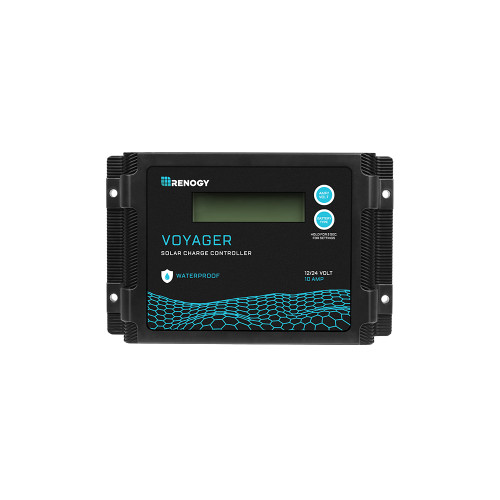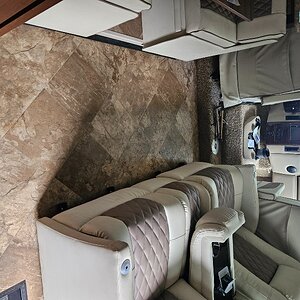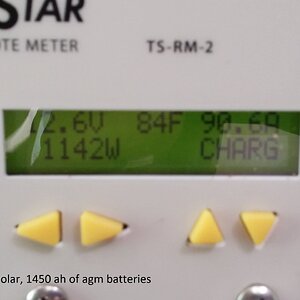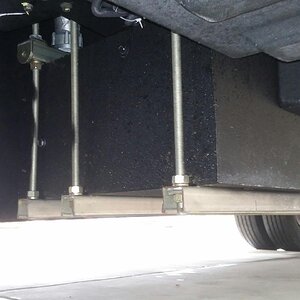@Scotsman when you Post Reply, it's viewable to everyone.
Now, to say your rig is "below" the scope of other owners isn't fair. Sadly, the 2 of us who are trying to help, ARE in fact, owners of large Class A coaches. But, doesn't matter...solar controllers and power control panels are very similar; if not identical.
So, as to your confusions, I'm surprised you haven't sought help by calling Renogy OR Forest River (or dealer). Would be odd they can't help you, unless what you've installed is different than what they install.
But, the problem is, I haven't seen your panel or even a picture. So, I can't even tell you what your STATUS ICONS are telling you. I just glanced at your manual and there are icons that will indicate what stage/status your controller is in.
I'm sorry if my answers confused you, or weren't clear. Let me rephrase my "idea" of what you're seeing:
If it says 1-2Ah on your Controller, my "educated guess" is that the controller is telling you that your solar panel is generating 1-2 amp hours of energy. Your panel should be cycling through different readings...as this clip shows in the manual. As to the 1A reading, that should be how much current is being dumped into your battery to maintain it's charge. And, don't forget, chargers have several levels of charging: Bulk, Boost, Float, and Equalization. Those levels will fluctuate as battery state of charge and loads are evaluated.
Hope this helps.
View attachment 8430














